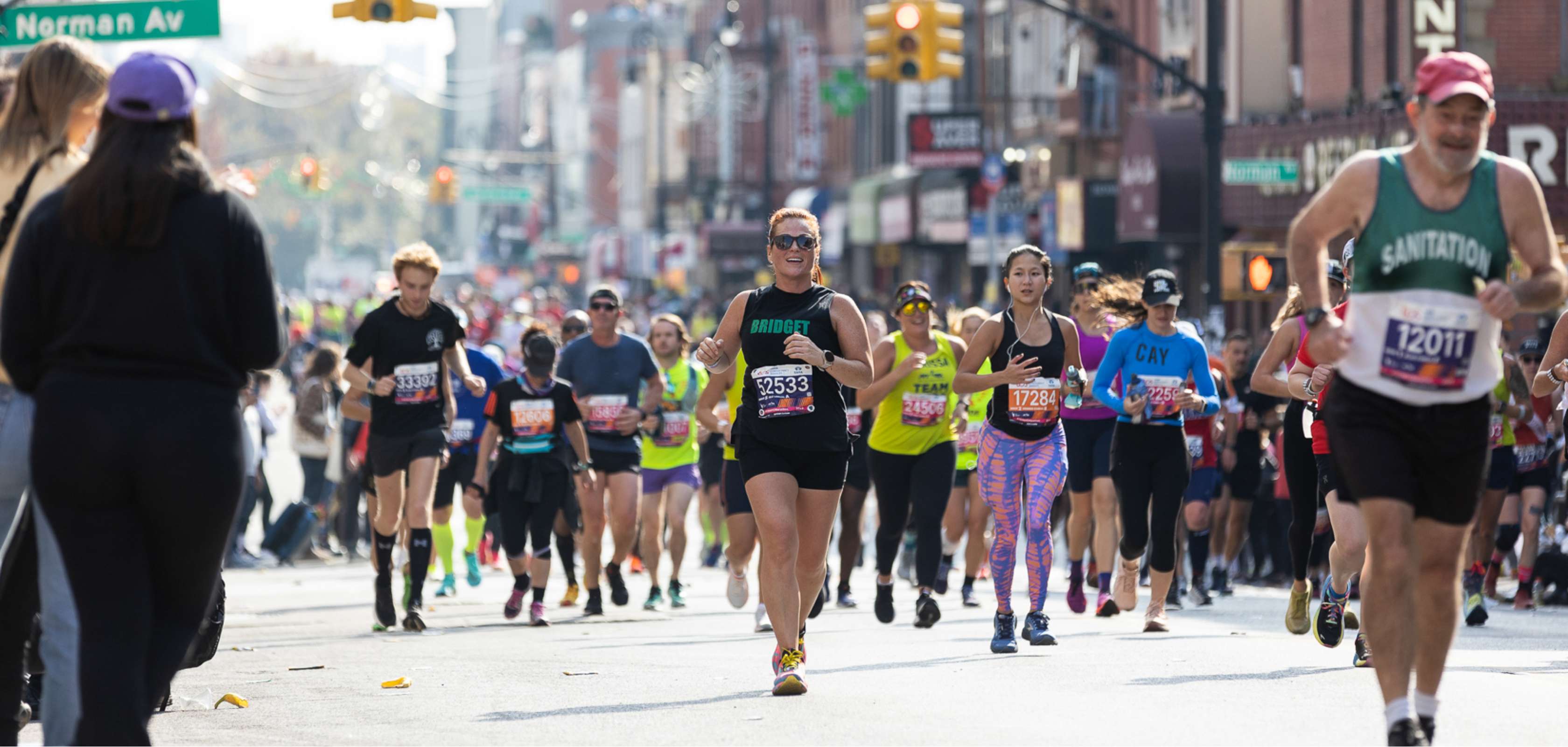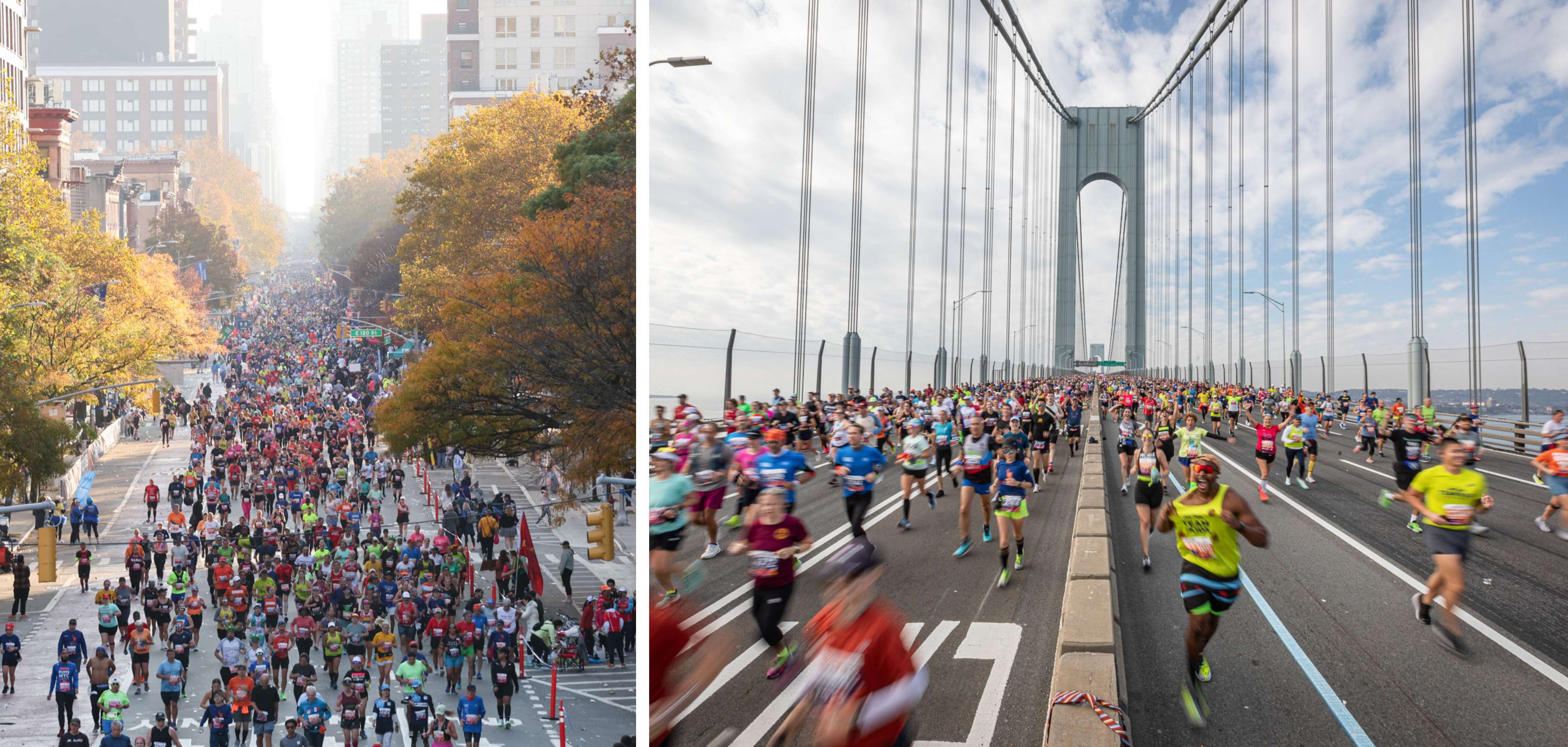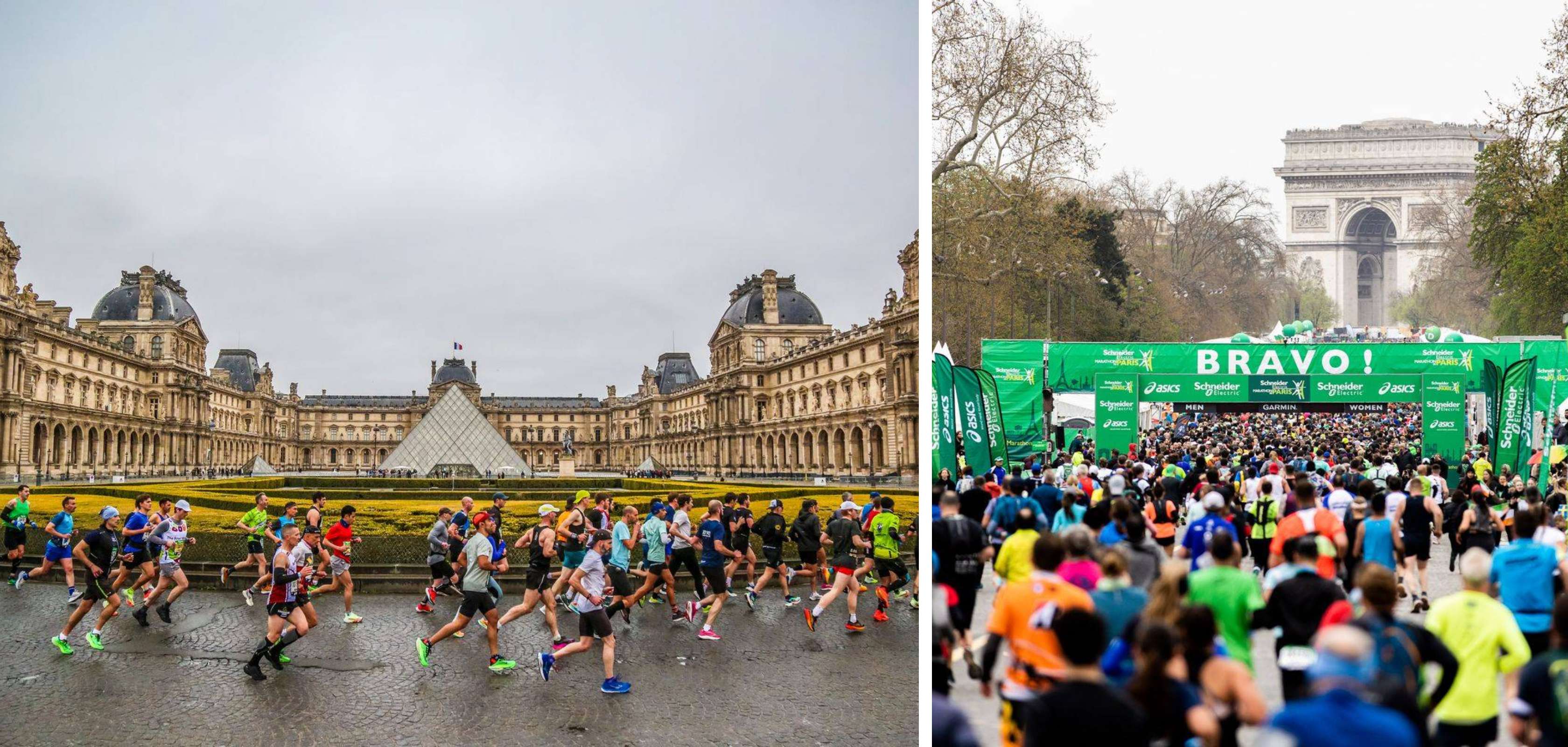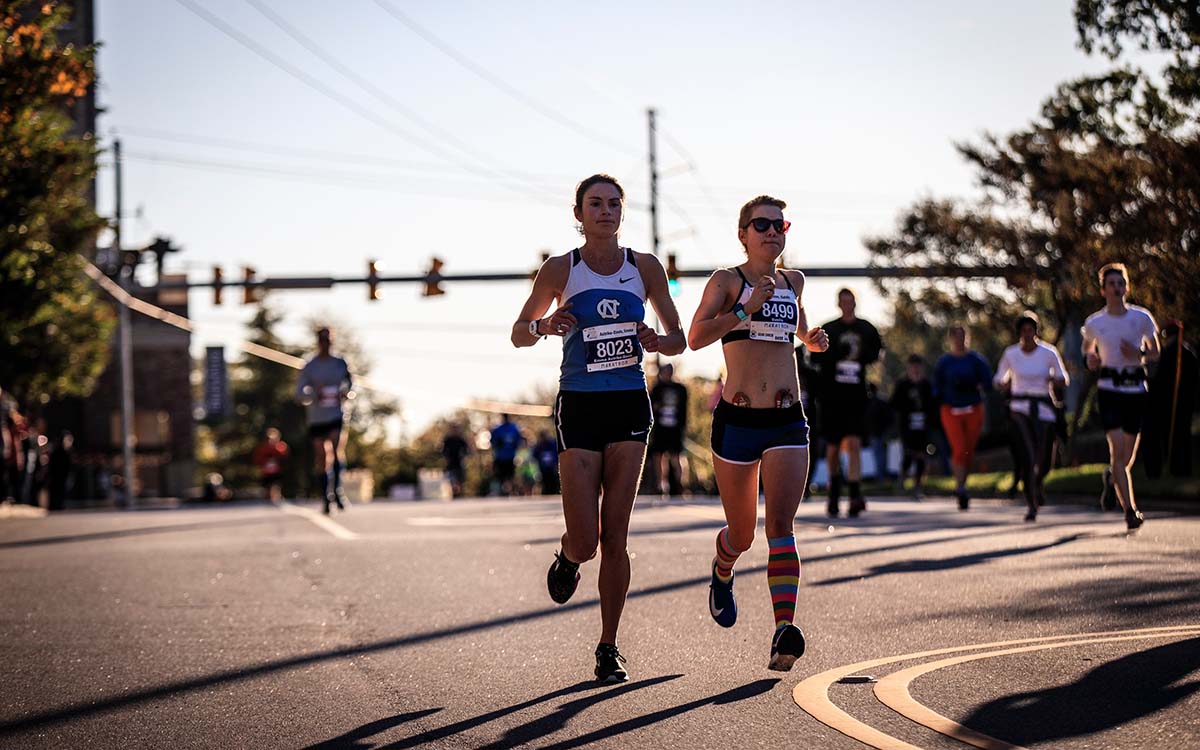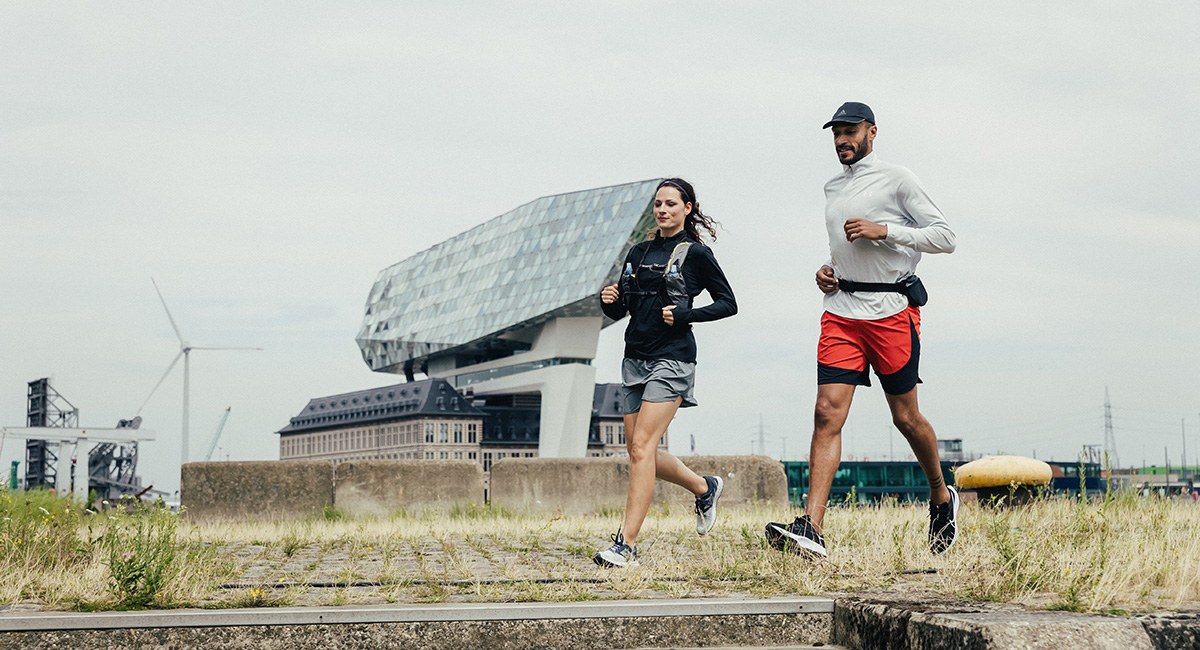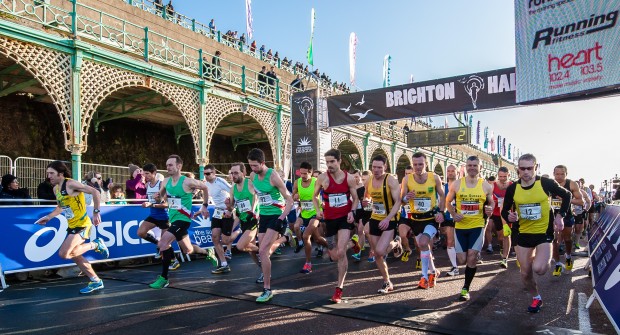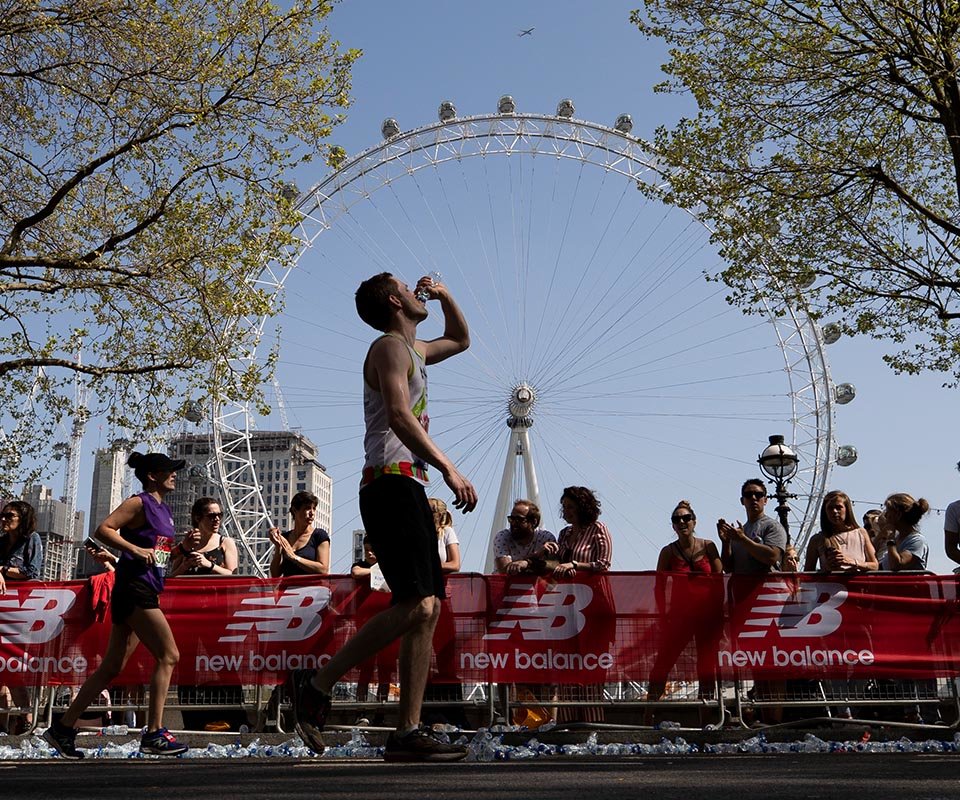
Marathon training requires a strategic blend of endurance building, speed work, and recovery to help runners cross the finish line strong. Whether you’re preparing for your first 26.2-mile race or aiming to beat a personal best, these evidence-based tips will guide your journey from training plans to race-day execution.
1. Choosing the Right Marathon Training Plan
Selecting the appropriate marathon training plan is the first and perhaps most crucial step in your journey. The right plan not only builds your endurance and speed but also fits your lifestyle, current fitness level, and running experience. Beginners should look for plans that span 16 to 20 weeks, gradually increasing mileage to avoid injury and burnout. These plans usually start with a weekly volume of about 15–20 miles and build up to 40–50 miles at peak, with at least one rest day included for recovery.
For intermediate and advanced runners, more structured plans such as Pfitzinger’s 18/55 (18 weeks, peaking at 55 miles per week) offer a balanced mix of long runs, speed work, and recovery. These plans are designed to challenge experienced runners without overtraining them. When choosing a plan, consider your work schedule, family commitments, and how much time you can realistically dedicate to running each week. Remember, consistency is far more important than complexity. A simple plan that you can stick to is always better than an ambitious one that leads to fatigue or injury.
Cross-training is another key element. Incorporating activities like cycling, swimming, or yoga on non-running days can help maintain cardiovascular fitness while reducing the risk of overuse injuries. Many top marathoners swear by this approach, as it keeps their bodies fresh and ready for the next hard session.
2. Building Base Mileage Safely
Building a strong aerobic base is the foundation of any successful marathon training programme. This phase is all about gradually increasing your weekly mileage while keeping most of your runs at a conversational pace—meaning you should be able to hold a conversation without gasping for breath. For most runners, this equates to about 80% of your weekly mileage being easy runs.
The 10% rule is a tried-and-true guideline: never increase your weekly mileage by more than 10% from one week to the next. This helps prevent overuse injuries such as shin splints, stress fractures, and tendonitis. If you’re new to running or returning after a break, it’s especially important to stick to this rule.
Terrain variety is another way to build strength and resilience. Mixing road runs with trail sessions can help strengthen your stabiliser muscles and reduce the monotony of training. Trail running, in particular, can improve your balance and coordination, which are valuable assets on race day. Investing in a good pair of trail shoes, such as the Salomon Speedcross, can make a big difference in your comfort and safety on uneven surfaces.
3. Mastering the Long Run
The long run is the cornerstone of marathon training. It teaches your body to burn fat efficiently, builds mental toughness, and prepares you for the physical and emotional challenges of race day. Most training plans include a long run that gradually increases in distance, typically peaking at 18–22 miles for most runners.
To get the most out of your long runs, consider incorporating progressive finishes. This means gradually increasing your pace during the final quarter of the run, simulating the fatigue you’ll feel in the latter stages of the marathon. This technique helps you practice running on tired legs and builds confidence for race day.
Fueling during long runs is another critical component. Practice your race-day nutrition strategy by taking energy gels chews every 45 minutes. Brands like High5 Energy Gel are popular among marathoners for their digestibility and carbohydrate content. Experiment with different products during training to find what works best for your stomach.
Finally, be mindful of the duration of your long runs. Most coaches recommend capping long runs at 3–3.5 hours, regardless of pace. Running longer than this can lead to excessive fatigue and prolonged recovery without providing additional endurance benefits.
4. Speed Development Through Structured Workouts
While building endurance is essential, incorporating speed work is what will help you run faster and more efficiently. Structured workouts should make up about 20% of your weekly mileage and typically include two key sessions: tempo runs and interval training.
Tempo runs are sustained efforts at or slightly below your marathon pace. For example, if you’re aiming for a 3:30 marathon, your tempo pace might be around 5:00–5:10 per kilometre. These runs improve your lactate threshold, allowing you to sustain a faster pace for longer periods.
Interval training, on the other hand, consists of short, fast repeats with recovery jogs in between. A classic session might be 8–12 x 400 metres at your 5K pace, with 90 seconds of easy jogging between each repetition. This type of workout boosts your VO2 max and running economy, making you a more efficient runner.
Using a GPS watch like the Garmin Forerunner 955 can help you stay on track with your pace and heart rate zones, ensuring you’re working at the right intensity for each session.
5. Injury Prevention and Recovery
Injury prevention is a critical aspect of marathon training, as over 50% of runners experience some form of injury during their preparation. To minimise your risk, start each run with a dynamic warm-up. This might include leg swings, high knees, lunges, and gentle jogging to prepare your muscles and joints for the work ahead.
Strength training is another powerful tool for injury prevention. Aim for two sessions per week, focusing on exercises that target your core, glutes, and lower body. Single-leg deadlifts, calf raises, and planks are all excellent choices. Strong muscles not only help you run faster but also protect your joints from the repetitive impact of running.
Recovery is just as important as training itself. After each run, spend a few minutes foam rolling your quads, hamstrings, and IT bands to release tension and improve flexibility. Devices like the Theragun Prime can provide targeted muscle relief and speed up recovery between hard sessions.
6. Race-Day Nutrition and Hydration Strategy
Your race-day nutrition and hydration strategy can make or break your marathon experience. It’s essential to practise your plan during training so you know exactly what works for your body.
Start with a solid pre-race breakfast, ideally 2–3 hours before the start. Aim for 60–90 grams of carbohydrates from sources like oatmeal, bananas, or a Honey Stinger waffle. Avoid high-fat or high-fibre foods that might cause stomach upset.
During the race, sip 150–200 millilitres of an electrolyte drink, every 20 minutes to maintain your sodium levels and prevent dehydration. If you’re using energy gels, take them at regular intervals, just as you did in training.
Most importantly, never try anything new on race day. Stick to the foods, drinks, and products you’ve tested in training to avoid any unpleasant surprises.
7. Tapering and Mental Preparation
Your race-day nutrition and hydration strategy can make or break your marathon experience. It’s essential to practise your plan during training so you know exactly what works for your body.
Start with a solid pre-race breakfast, ideally 2–3 hours before the start. Aim for 60–90 grams of carbohydrates from sources like oatmeal, bananas, or a Honey Stinger waffle. Avoid high-fat or high-fibre foods that might cause stomach upset.
During the race, sip 150–200 millilitres of an electrolyte drink, every 20 minutes to maintain your sodium levels and prevent dehydration. If you’re using energy gels, take them at regular intervals, just as you did in training.
Most importantly, never try anything new on race day. Stick to the foods, drinks, and products you’ve tested in training to avoid any unpleasant surprises.
8. Executing Race-Day Pacing
Pacing is one of the most challenging aspects of marathon racing, but it’s also one of the most important. Starting too fast is a common mistake that can lead to a dramatic slowdown in the later miles—a phenomenon known as “the marathon fade.”
To avoid this, aim for negative splits—running the second half of the race slightly faster than the first. For example, if your goal pace is 5:20 per kilometre, try to run the first half at 5:25 and the second half at 5:15. This strategy conserves energy and helps you finish strong.
Use a pace band or a GPS to keep track of your splits and stay on target. If the weather is warmer than expected, adjust your pace accordingly—adding 2–3 seconds per kilometre for every 5°C above 10°C.
9. Post-Marathon Recovery Plan
Recovery after a marathon is just as important as the training itself. The first 72 hours are critical for restoring muscle function and preventing injury. Consider taking an ice bath (10–15°C for 10 minutes) to reduce inflammation, and wear compression tights like the 2XU Recovery Pro to promote blood flow and speed up recovery.
Nutrition is also key during this period. Aim for 1.6 grams of protein per kilogram of body weight each day to support muscle repair. Focus on whole foods, plenty of fluids, and carbohydrates to replenish glycogen stores.
After 7–10 days, you can begin to reintroduce easy running. Start with 20–30 minute jogs on soft surfaces to ease your body back into activity. Avoid the temptation to jump back into hard training too soon, as this increases your risk of injury.
Finally, take some time to reflect on your race. Review your Strava data or training log to identify what worked well and what you might do differently next time. This retrospective analysis is invaluable for continuous improvement.
10. Additional Tips for Marathon Success
Beyond the core training and racing strategies, there are several other factors that can contribute to your marathon success.
- Gear Selection: Invest in high-quality running shoes that suit your foot type and gait. Popular models include the Brooks Ghost, Asics Gel-Kayano, and On Cloudflow. Rotate between two pairs to extend their lifespan and reduce injury risk.
- Weather Preparation: Check the forecast in the days leading up to the race and prepare accordingly. Layering is key for cold or variable conditions, while lightweight, moisture-wicking fabrics are best for hot weather.
- Support Crew: If possible, arrange for friends or family to cheer you on at key points along the course. Their encouragement can provide a much-needed boost when energy levels dip.
- Mindset: Remember that marathons are as much a mental challenge as a physical one. Stay positive, focus on your training, and trust in your preparation.
FAQs
Most marathon training plans last between 16 and 20 weeks, depending on your experience level and goals. Beginners should opt for longer plans to allow for gradual progression.
Follow the 10% rule for mileage increases, incorporate strength training and cross-training, and prioritise recovery. Dynamic warm-ups and proper footwear are also essential.
Most plans recommend running 4–5 times per week, with at least one rest day and one cross-training day.
Aim for a carbohydrate-rich breakfast 2–3 hours before the race, such as oatmeal with banana or toast with honey. Avoid high-fat or high-fibre foods that may cause stomach upset.
If you can comfortably complete a long run of 18–20 miles and have consistently followed your training plan, you’re likely ready.
Slow down, focus on your breathing, and take in fuel and fluids. Remember that everyone experiences tough patches—stay positive and keep moving forward.
Choose moisture-wicking, breathable fabrics and well-fitting shoes. Test your outfit in advance to avoid chafing and discomfort.
Start conservatively and aim for negative splits. Use a pace band or GPS watch to monitor your speed.
Take energy gels or chews every 45 minutes, and sip electrolyte drinks regularly. Practise your nutrition plan in training.
Rest, hydrate, and eat a balanced diet. Use compression gear and gentle movement to aid recovery.
Related Articles

